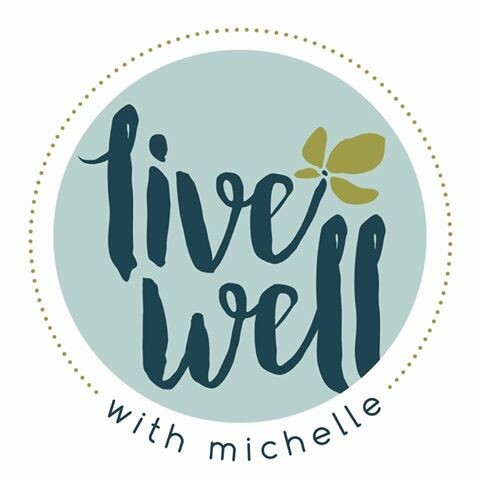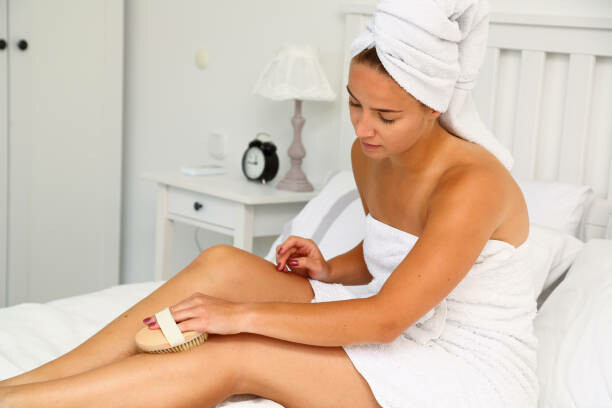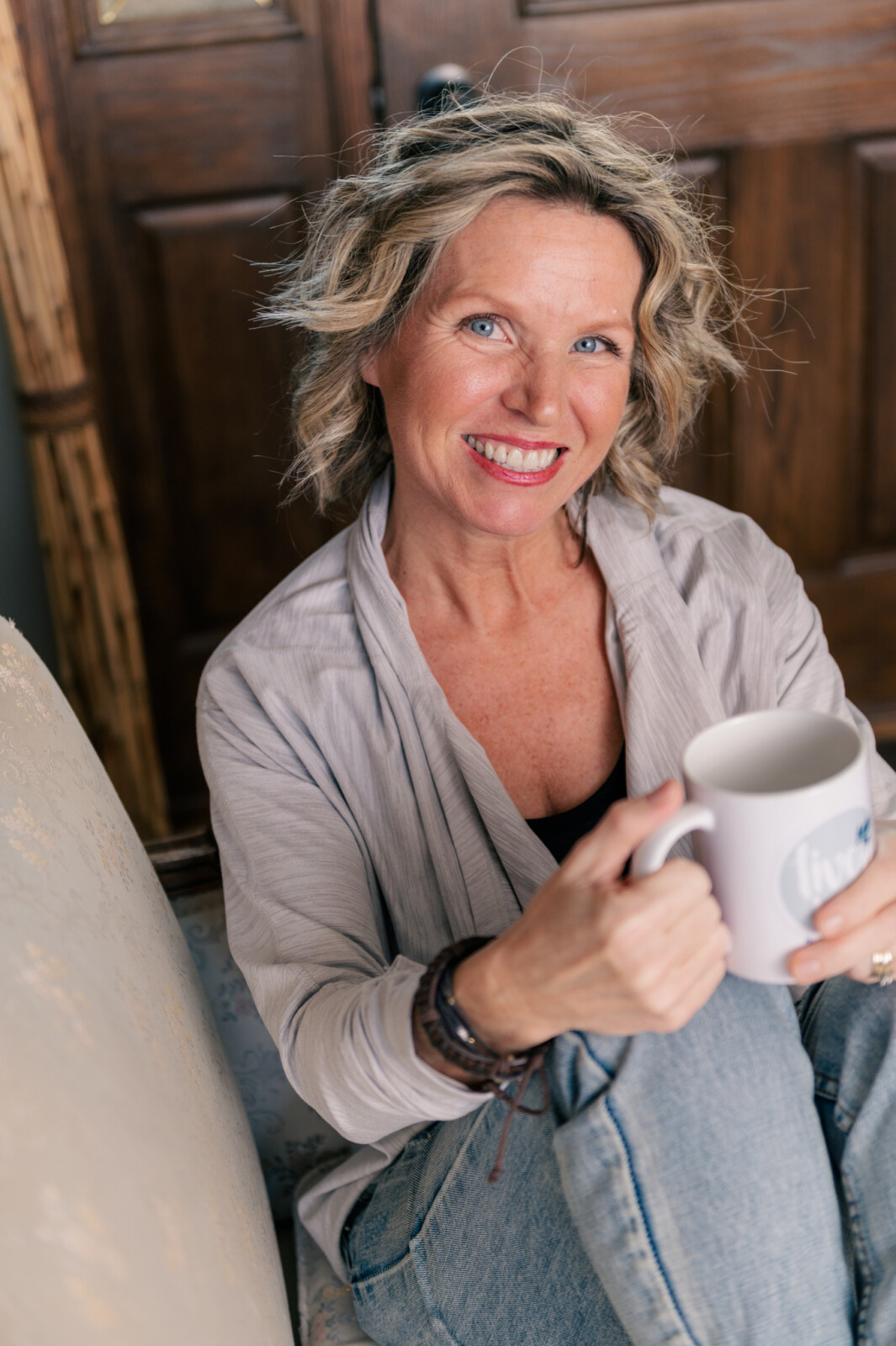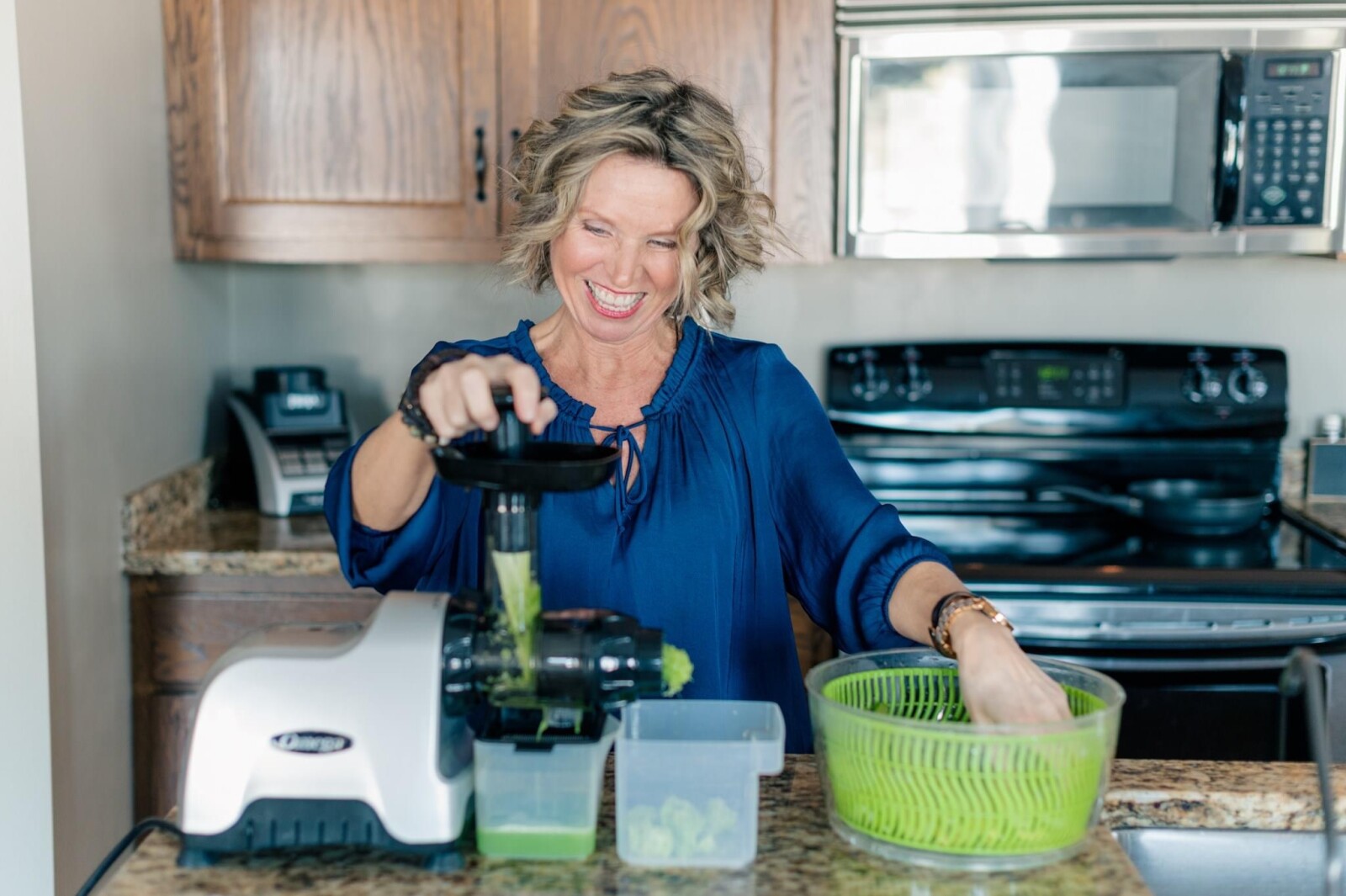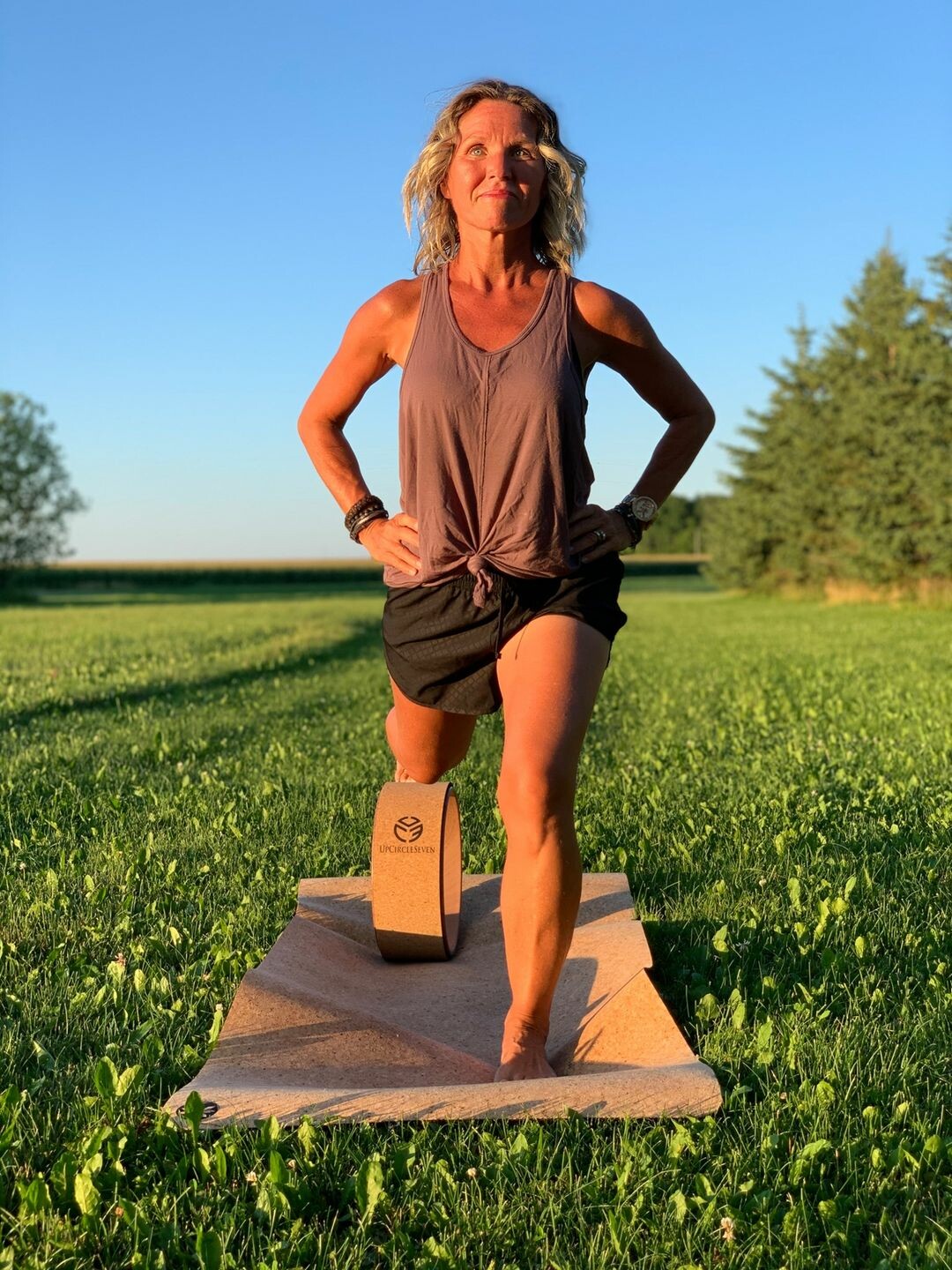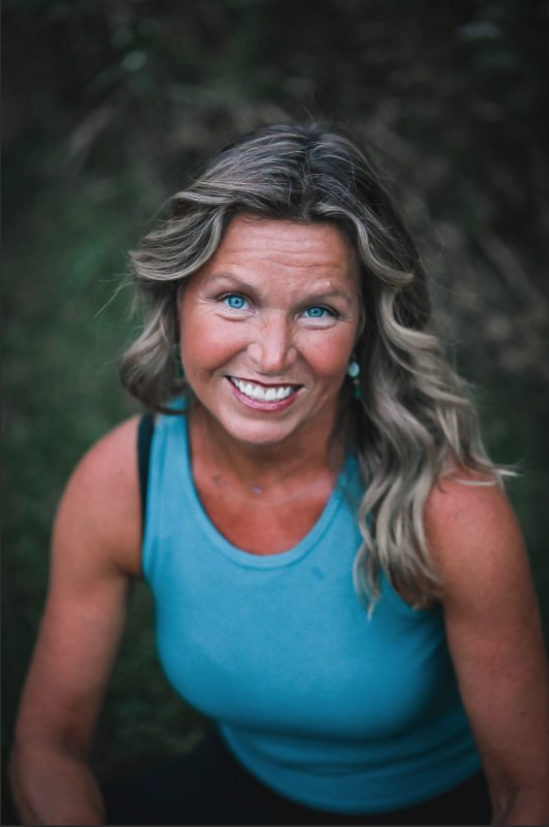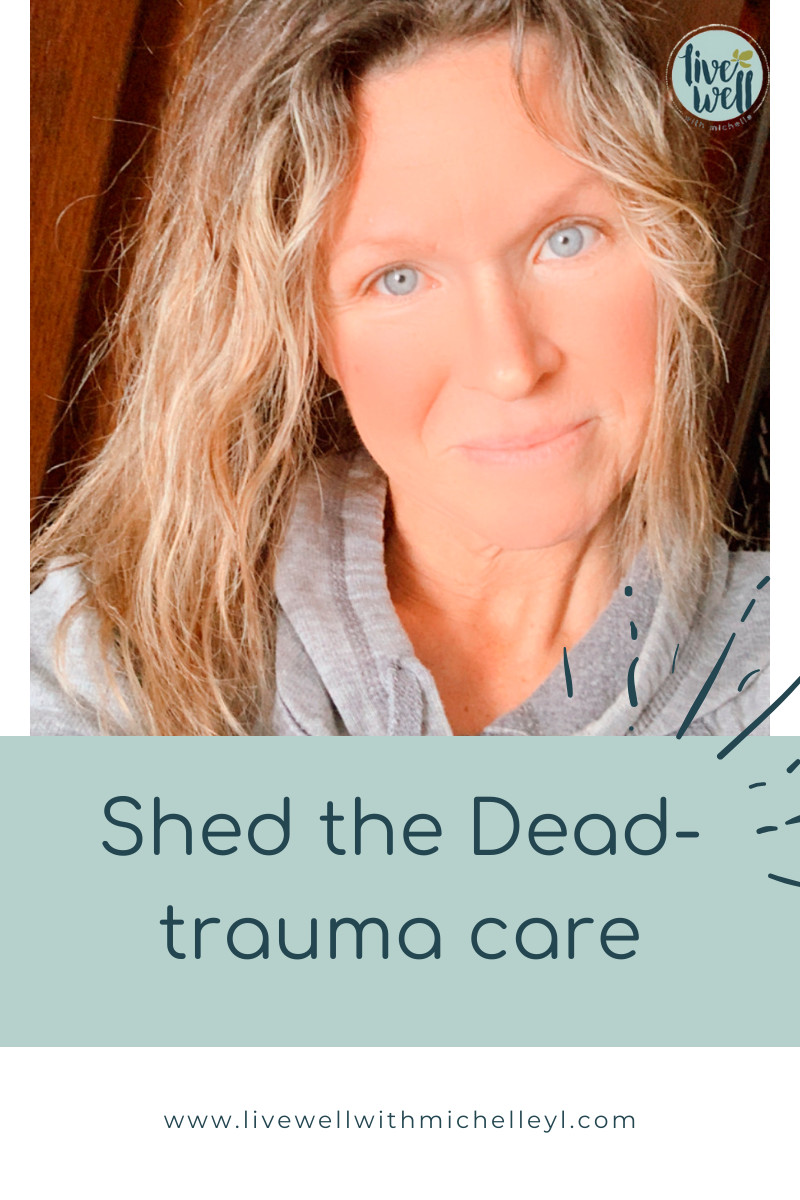
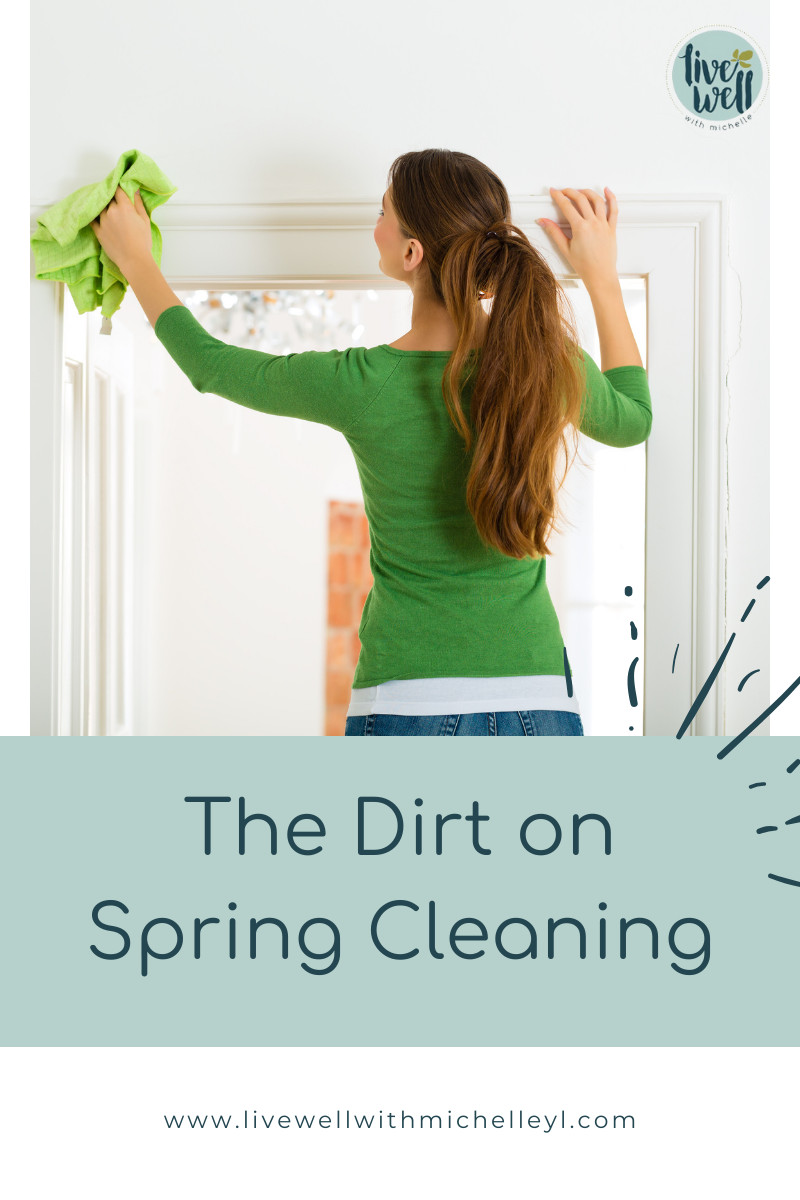
WHAT ARE YOU CLEANING WITH?
Ahhh! Spring is suddenly in the air ☀️ and I don't know about you but I'm SO ready to open the windows and breathe in some fresh air! Spring is the season of rejuvenation, new beginnings, maybe even some decluttering--out with old in with the new--which means it’s time to start thinking about our spring cleaning checklists 🖊 There’s just something about the nice weather that brings on motivation for a fresh clean start. Before we reach for those cleaners and get to work, let’s do a little digging into those ingredients, shall we?
Did you know? In 2000, cleaning products were responsible for nearly 10% of all toxic exposures reported to U.S. Poison Control Centers, accounting for 206,636 calls. Of these, 120,434 exposures involved children under six who can swallow or spill cleaners stored or left open inside the home. With NO federal regulations on ingredients in household products, the only way we can protect our families is to learn how to read labels ourselves. And since WE ARE THE GATEKEEPERS TO OUR HOMES This is the perfect time to learn!
Let’s take a look at the top 4 ingredients to avoid and why.
FRAGRANCE--UP FIRST, AND THE BIG ONE, and you've probably heard me teach about this often. If not--take note 📝
This first ingredient is a BIG ONE AND sadly it is in just about every household product that we use daily. Synthetic scents or “fragrances” represent an unidentified mixture of ingredients, including carcinogens, allergens, respiratory irritants, endocrine disruptors, neurotoxic chemicals, and environmental toxicants. You can find these artificial scents in all kinds of body care, cosmetic products, perfumes, air fresheners as well as candles, most cleaning materials, and laundry detergents.
Let’s talk about fragrance, or parfum or perfume or a million other names 😯 this Article shares the dangers of Fragrance. "Synthetic scents or “fragrance” represent an unidentified mixture of ingredients including carcinogens, allergens, respiratory irritants, endocrine disruptors, neurotoxic chemicals, and environmental toxicants. You can find these artificial scents in all kinds of body care and cosmetic products, as well as air fresheners, cleaning materials, and laundry detergents.
In general, there at least 3,000 ingredients that companies could use to form a product’s scent 😲 According to the online “Transparency List” put out by the International Fragrance Association, an industry trade group. It may seem unbelievable, but the FDA does not even require fragrance and cosmetic makers to disclose exactly what they are using to scent products. If companies are using truly natural ingredients, then why be shy? Many will say that their formulas are proprietary, and they don’t want other companies copying them. The FDA website also states how the agency cannot legally require companies to warn about allergens in cosmetics like they do with food.
Are you wondering why companies would continue to use synthetic scents if they’re so bad for our health? The answer is straightforward — they are cheap. Synthetic scents can be extremely cheap to give everything from shampoo to lotion to candles a desirable scent. Unfortunately, just because you enjoy a scent doesn’t mean it’s good for you." 💥
PARABENS/PHTHALATES
Parabens are preservatives that mimic estrogen-which is extremely concerning, harming our endocrine systems in so many ways. Found in many cosmetics & personal care items. When combined with heregulin, a growth-promoting substance normally found in breast tissue, the effects are multiplied by 100x, contributing to breast cancer, tumor growth &"moobs" (man boobs). Phthalates are a low-cost endocrine-disrupting chemical that in lab studies has shown to interfere with hormone production in rats and mimic estrogen in human studies. Found in: plastic food packaging, lotions, skin moisturizers, fragrance, cleaners, glues, and nail polish. That's right friend, so many labels to read.
SLS - SODIUM LAUREL SULFATE
This chemical is used to de-grease car engines. It is also added to many toothpastes, soaps, detergent, skin products... it's in just about everything. It damages the kidneys/liver, teeth, endocrine system, causes hair loss, cataracts, ulcers, major toxicity, headaches, nausea, coughing, congestion, and more.
TRICLOSAN
An antibacterial agent registered as a pesticide by the EPA. Topical absorption has shown disturbances to the endocrine system and is believed to lead to birth defects and uncontrollable cell growth. Found in: soaps, deodorants, cosmetics, shave gel, first aid spray, kitchenware, and toys.
While there are many, many other ingredients that you will want to know about, these are the "TOP OFFENDERS." As you learn more further with this low tox living lifestyle, you will learn about so many more options + you may notice improvements in your wellness as time goes on. This isn't something accomplished in a day so please start small and slow and before you know it, you'll know better, do better, be and feel better.
I have a FUN + SIMPLE Spring Cleaning Challenge starting in April!

Sage is widely recognized as the most commonly used herb for smudging. It has been used traditionally for its clarifying properties. Sage essential oil emits a strong, spicy, clarifying, and uplifting aroma when used aromatically.
Palo Santo is considered a sacred wood to many. Native to South America, the name of this oil can be translated to “holy wood” in Spanish. Palo Santo has a warm, woodsy aroma with subtle mint and citrus notes. Its inspiring fragrance can be used to create a cleansing and refreshing atmosphere. Young Living’s Palo Santo essential oil comes from the Finca Botanica Farm in Ecuador.
Rosemary’s familiar scent and versatility make it a Young Living favorite. This well-loved botanical is native to Mediterranean regions. Its complex, woodsy aroma can help create an energizing environment and promote a sense of clarity.
• Water
• ¼ cup witch hazel
• 15 drops of each oil: Sage, Palo Santo, and Rosemary
Add cap + Shake well
Spray
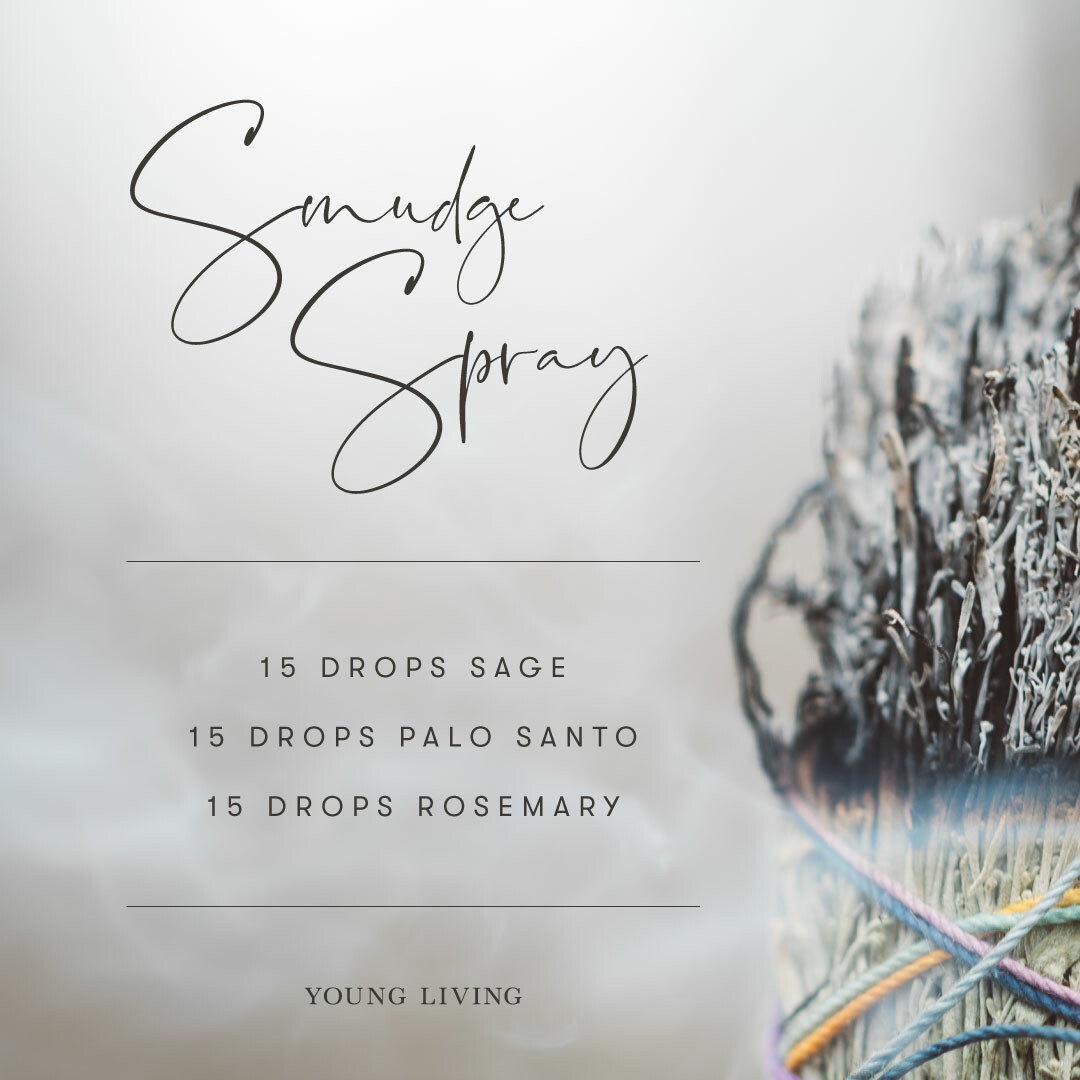
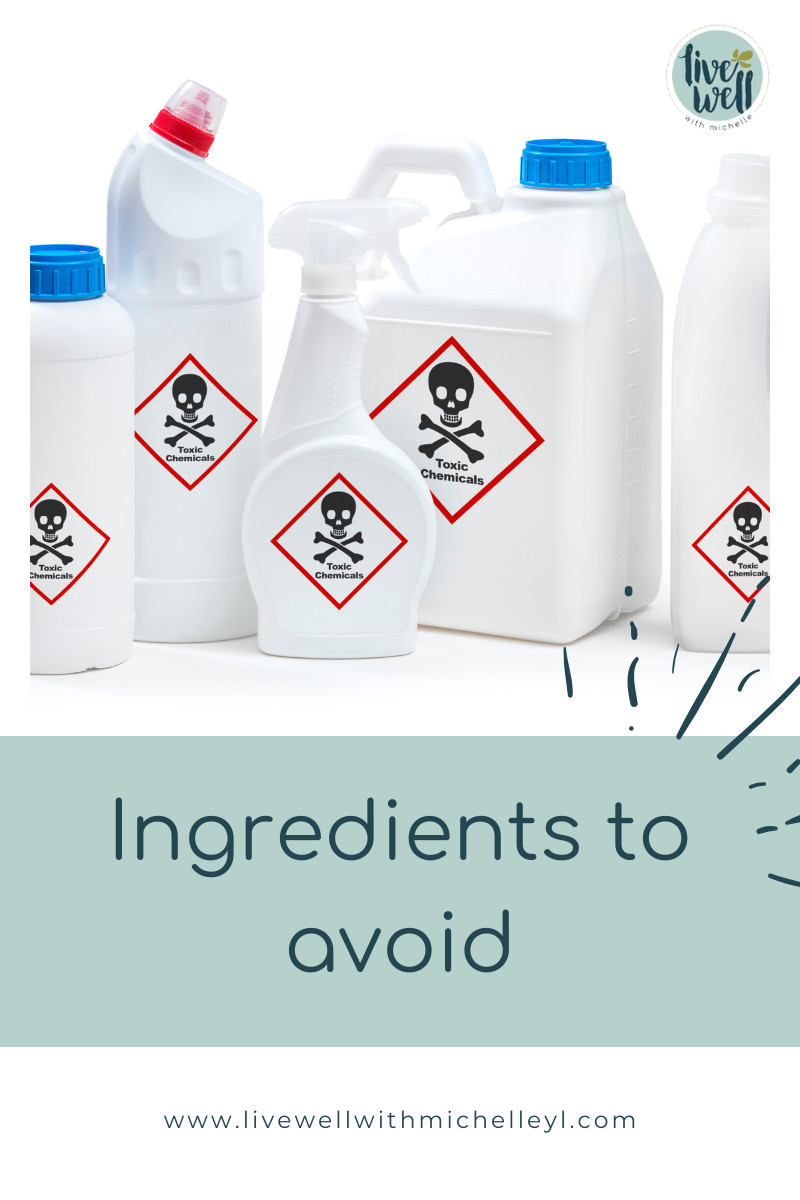
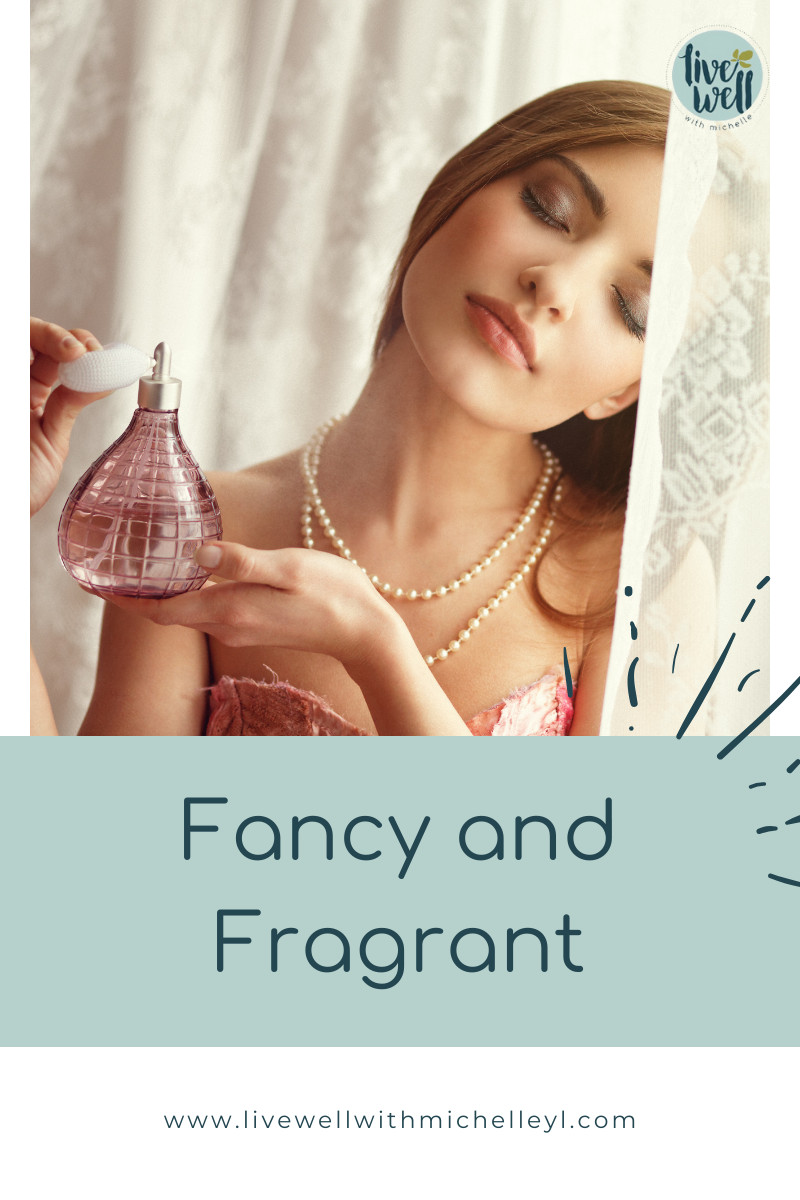
Once upon a time not that long ago I had the most prestige collection of all the high end department store fragrances. I’d walk around smelling like Dayton’s (I mean Macy’s) exploded on me. I never understood why some people complained. Well now I know. All those toxins bottled up in pretty containers. Yeah. Not good. I now cannot walk by a department store perfume counter or even the cleaner aisle at Target.
I’m so grateful I now choose to save major bucks and support my health by creating my own customized beautifully crafted perfumes, air fresheners, linen sprays, and diffusers with blends in place of candles and the like. Without harsh and harmful chemicals. I know also know these gems support my wellbeing, body and mind while looking and smelling pretty.
I’m so excited to be back teaching about wellness and host my first perfume party of this year. This is where I share how to look for ingredients, what they mean and the effects they can have on overall health, wellbeing and environment.
I invite you to learn to read your ingredients on your products and ask questions. Where does your fancy fragrance or cleaner come from (also I've learned anything with the word 'fragrance' listed in it's ingredients is just NO bueno!). What’s in it? And what is it doing to your health over the long haul?
Click here for more on the products I choose... And when you’re interested in learning more or hosting your own perfume party, doing a cabinet sweep, or product swaps, contact me.
